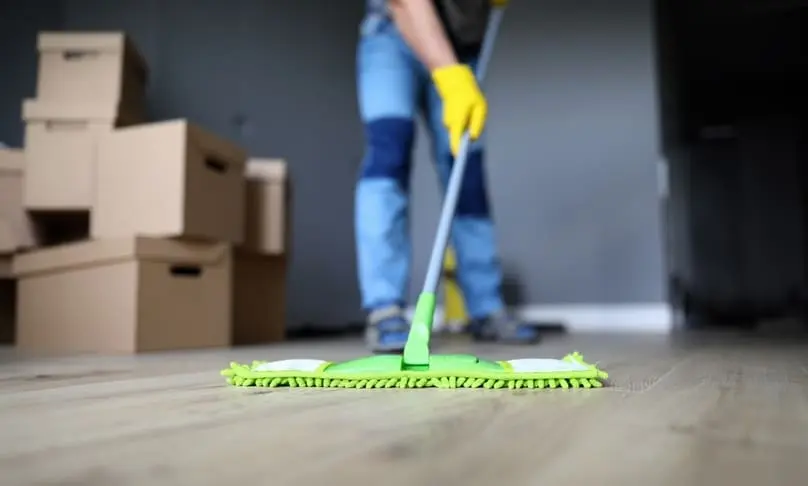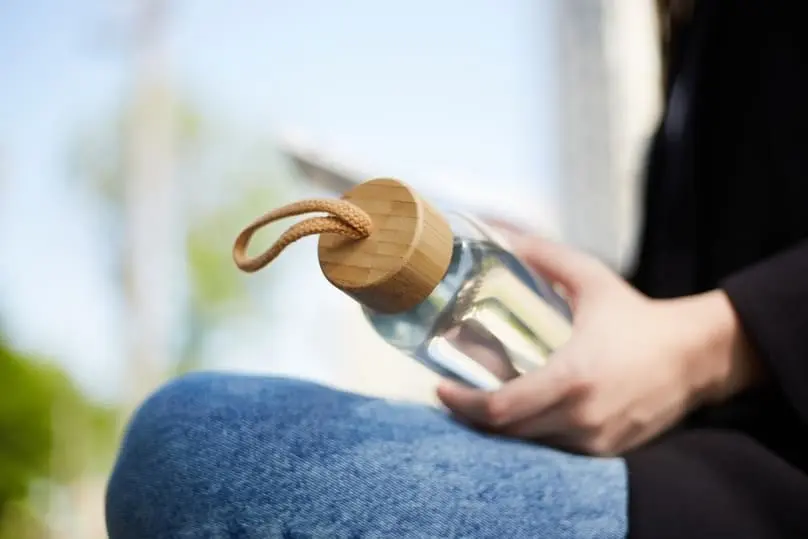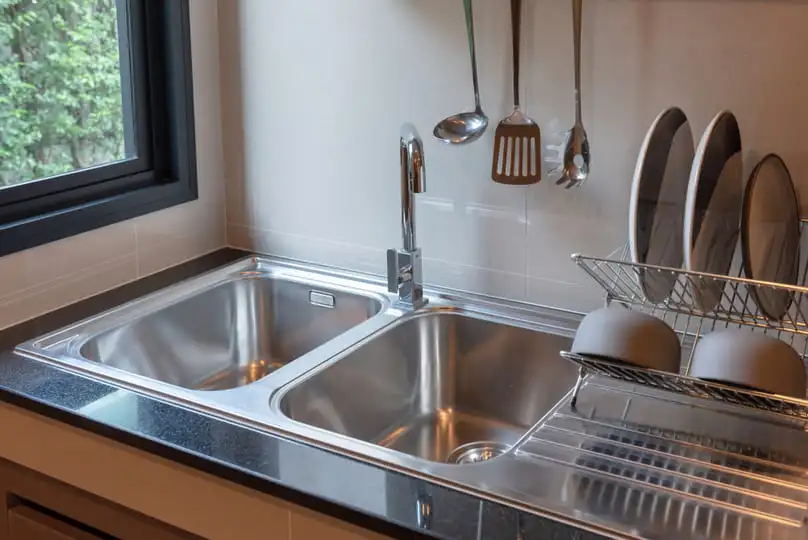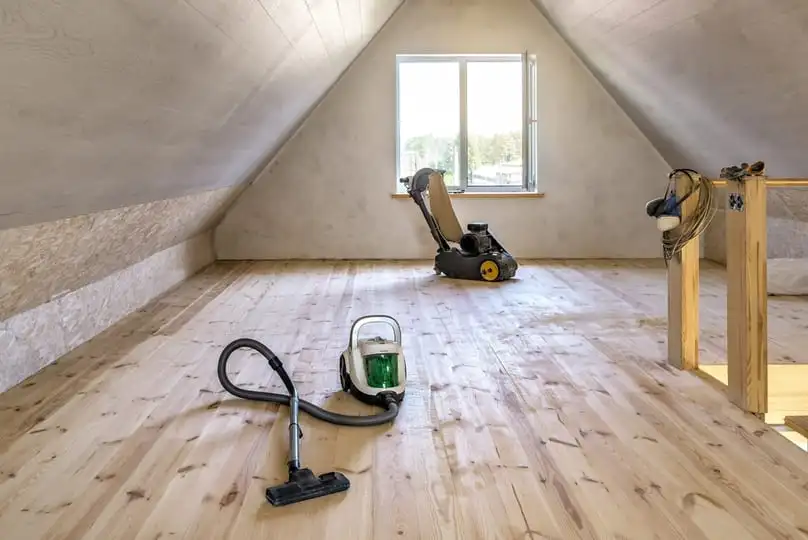Making the decision to renovate or remodel your home takes time and careful planning. But once the project is finished and your home looks exactly how you envisioned it, the next challenge appears—figuring out the best way to clean floors after construction without damaging them.
A renovation can be both exciting and stressful. On one hand, you can’t wait to enjoy your new space. On the other, dealing with post-construction cleanup can feel overwhelming. Dust, debris, and residue often cover every surface, especially your floors.
If you’re wondering how to clean dusty floors after construction efficiently, don’t panic. Yorleny’s Cleaning Services brings you this practical guide on cleaning floors after construction safely and effectively.
Why It’s Important to Clean Construction Dust Properly
Risks of leaving dust on your floors
Properly removing construction dust is vital for your health, safety, and your home’s longevity. Inhaling fine dust can lead to short-term respiratory irritation and long-term conditions such as silicosis. These small abrasive particles can also scratch flooring surfaces, dull finishes, and even cause discoloration.
Leaving construction dust behind means it can circulate throughout your home and settle into crevices, furniture, and ventilation systems. That’s why knowing the best way to clean floors after construction ensures a cleaner, safer, and more comfortable environment.
Step-by-Step Process to Clean Floors After a Remodel
Before starting renovations, remove furniture and cover floors and windowsills. This preparation will save you time when cleaning up. Still, even with good preparation, dust and debris will accumulate. Below, we’ll walk you through the best way to clean wood floors after construction and other flooring types using proven cleaning techniques.
Prep, tools, dry cleaning, and wet cleaning
1) Remove large debris.
- Start by sweeping away heavy debris, dust, and larger particles with a soft-bristled broom or vacuum equipped with a brush attachment.
- Focus on corners, baseboards, and edges where fine dust tends to accumulate. This is an essential first step in how to clean construction dust from tile floors or any other type of flooring.
2) Vacuum again.
- Vacuum the entire area a second time to remove any leftover dust the broom may have missed. If your home has new carpeting, vacuum at least once a week to prevent dirt and dust from embedding in the fibers.
- For hardwood surfaces, use a vacuum with a soft brush attachment to avoid scratching the finish.
3) Wash the floor.
- Create a cleaning solution by combining warm water and a mild floor cleaner or a solution recommended by the flooring manufacturer.
- Wet a microfiber mop or sponge and squeeze off any excess moisture.
- Mop the floor in parts, gently washing away any stubborn stains or residue.
- Scrub the grout lines with a grout brush, and clean the tiles with a nylon or non-abrasive pad.
4) Rinse and Dry.
- To eliminate soap residue, mop the floor with clean, warm water.
- Dry the floor entirely with a clean, dry cloth or let it air dry. To speed up the procedure, open the windows or turn on fans.
5) Clean the other surfaces.
- Wipe down walls and other surfaces with a moist microfiber cloth to remove any dust that has gathered.
- To avoid missing any places, begin cleaning from the top down, working your way from the walls to the flooring.
This careful method is part of the best way to clean floors after construction, helping you restore your surfaces’ shine while protecting their finish.
Cleaning Tips by Floor Type
Hardwood Floors
When determining the best way to clean floors after construction, hardwood surfaces require special care. Start by sweeping or vacuuming daily to remove dust and grit that can scratch the surface.
Blot any spills immediately with a soft cloth to prevent water stains. For deep cleaning, damp mop using a microfiber mop and a hardwood-specific cleaner, always following the wood grain.
Avoid using harsh chemicals, steam cleaners, or excess water, as these can damage the finish and dull the natural shine.
Tile Floors
If you’re wondering how to clean construction dust from tile floors, begin by sweeping or vacuuming to remove loose debris. Then, mop with warm water and a pH-neutral cleaner such as mild dish soap.
Use a microfiber or chamois mop to prevent pushing dirt into grout lines, and always wring it out thoroughly. Rinse the surface with clean water and dry completely using a microfiber cloth to avoid streaks or water spots.
For stubborn grout stains, create a baking soda and water paste or use a specialized grout cleaner. Following this process is the best way to clean floors after construction without causing tile damage.
Laminate Floors
For laminate surfaces, part of the best way to clean floors after construction involves gentle maintenance. Sweep or vacuum regularly using a soft-brush attachment to prevent scratches. For deeper cleaning, damp mop with a microfiber head and a pH-neutral laminate cleaner or a mild vinegar solution.
Avoid excessive water, soap-based cleaners, or abrasive tools that can warp or dull the surface.
Vinyl Floors
To keep vinyl floors spotless after remodeling, sweep or vacuum daily to eliminate loose dirt. Damp mop once a week using a pH-neutral cleaner or a 1:1 mix of water and white vinegar.
Dry thoroughly to avoid water spots, and always use a microfiber mop. Steer clear of strong chemicals or soaking the floor with water, as vinyl can easily lose its luster.
Concrete Floors
The best way to clean floors after construction that are made of concrete, begin with a daily sweep or dust mop to remove any loose dirt. To get a deeper clean, use a damp mop with a pH-neutral cleanser and warm water, wringing it out thoroughly to avoid unnecessary water.
Avoid using harsh chemicals such as bleach or vinegar, and clean up any spills right away. Scrub stubborn stains using a hard brush and a pH-neutral cleanser.
Common Mistakes to Avoid When Cleaning Post-Construction
Even when following the best way to clean floors after construction, mistakes can occur. Using the wrong tools, skipping hidden areas like vents and cupboards, or rushing the process are common errors.
Neglecting safety gear such as masks and gloves or choosing the wrong cleaning products can lead to both health risks and surface damage.
Safety and Surface Protection
- Neglecting safety equipment: Always wear gloves, masks, and eye protection to avoid inhaling dust and coming into touch with dangerous materials.
- Surfaces damage: Avoid using abrasive cleaners or instruments (such as steel wool) on new or sensitive surfaces. Test things in a small, unobtrusive location first.
- Not safeguarding surfaces: To avoid scratches and spills, cover floors, worktops, and furniture with protective material such as drop cloths before beginning the cleaning.
Thoroughness and Technique
- Rushing: A rush cleaning process can result in missed spots and an unfinished job. Allow yourself adequate time for a thorough cleaning.
- Skipping high or hidden areas: Dust accumulates on vents, lighting fixtures, and ceilings. Do not forget to clean behind appliances, behind cabinets, and inside drawers.
- Cleaning in the incorrect order: Start high and work your way down, then dust before wet-cleaning to avoid spreading filth.
- Improper ventilation: Open windows and use fans to circulate air, allowing dust to settle and removing cleaning product fumes.
Equipment and Products
- Using the incorrect tools: Fine construction dust can cause damage to regular household vacuums. Use heavy-duty vacuums, particularly equipped with HEPA filters.
- Using the inappropriate cleaning chemicals: To avoid damage, use products designated for the surfaces you’re cleaning and according to the manufacturer’s directions.
- Overuse of cleaning products: Using too much product may leave residue on surfaces. Apply the appropriate amount and wipe clean.
Should You Deep Clean or Just Dust?
When a professional service makes a difference
Hiring a professional cleaning service is often the best way to clean floors after construction, especially when dealing with heavy dust or debris. Professionals save time and money while ensuring a safer, healthier environment through specialized cleaning techniques.
They use industrial-grade equipment designed to remove construction-specific grime such as drywall dust and paint residue without harming your floors. Their experience guarantees high-quality results for both residential and commercial properties, ensuring your surfaces look spotless and damage-free.
Whether you’re figuring out best way to clean floors after construction or deep cleaning wood and vinyl, expert cleaners follow strict safety standards to protect your investment and restore your space’s appearance.
Keep Your Floors Shining After Construction
Don’t Let Construction Dust Damage Your New Floors
Learning the best way to clean floors after construction is essential to protect your investment. Fine dust, debris, and residue from building materials can scratch or dull surfaces if not cleaned properly. Using the right tools and gentle cleaning solutions helps preserve the shine and durability of your floors—especially in Florida’s humid climate.
Serving Homeowners Across South Florida With Reliable Post-Construction Floor Cleaning
If you’ve just completed a renovation or remodeling project, Yorleny’s Cleaning Services offers specialized post-construction floor cleaning designed to remove stubborn dust and residue safely. Our professional team ensures every inch of your home is spotless, polished, and ready to enjoy.
Contact Yorleny’s Cleaning Services today to schedule your post-construction cleaning and discover the best way to clean floors after construction—without the stress or damage.
FAQs About the Best Way to Clean Floors After Construction
Can I mop right after construction is finished?
No, mopping immediately after construction is not the best way to clean floors after construction. You should first let all dust settle and ensure proper ventilation.
Vacuum all surfaces with a HEPA-filter vacuum to capture fine particles before starting any wet cleaning. Mopping too early can turn dust into muddy residue, spreading it around the surface. Once the area is dust-free, damp mop with clean water or a mild pH-neutral cleaner for safe results.
Should I use vinegar or commercial products on my floors?
When deciding on the best way to clean floors after construction, avoid vinegar on most surfaces. Its acidity can dull finishes or damage flooring sealants.
Instead, use commercial-grade or pH-neutral cleaners recommended for your specific flooring type. These products effectively break down post-construction grime while preserving your floor’s color and texture. This advice applies whether you’re learning how to clean construction dust from tile floors or refreshing hardwood surfaces.
How long should I wait before deep cleaning after remodeling?
For the best way to clean floors after construction, wait 24 to 72 hours after all renovation work is completed. This allows fine dust to settle completely, even if it remains airborne for several hours.
Starting too early may stir up dust again, forcing multiple cleanings. Once the dust settles, perform a thorough vacuuming, followed by a deep clean suited to your floor type for optimal results.
Recent Articles

Move In Cleaning Service vs DIY: Which Saves More Time and Stress?
Moving always brings a mix of emotions. The process feels overwhelming, especially when comparing move in cleaning service vs DIY options. This…

How to Clean Reusable Water Bottles: A Complete Guide for Healthy Hydration Habits
Reusable water bottles have become an essential accessory for those seeking a sustainable and practical way to stay hydrated throughout the day.…

How to Clean Stainless Steel Sink: Shine Without Stains
Stainless steel is present in our kitchens, bathrooms, and appliances because of its durability and modern appearance. If you’ve ever wondered how…
An overview of the areas we serve
See below to check if our top-quality house cleaning services are available in your city and book your first appointment with just a few clicks.
